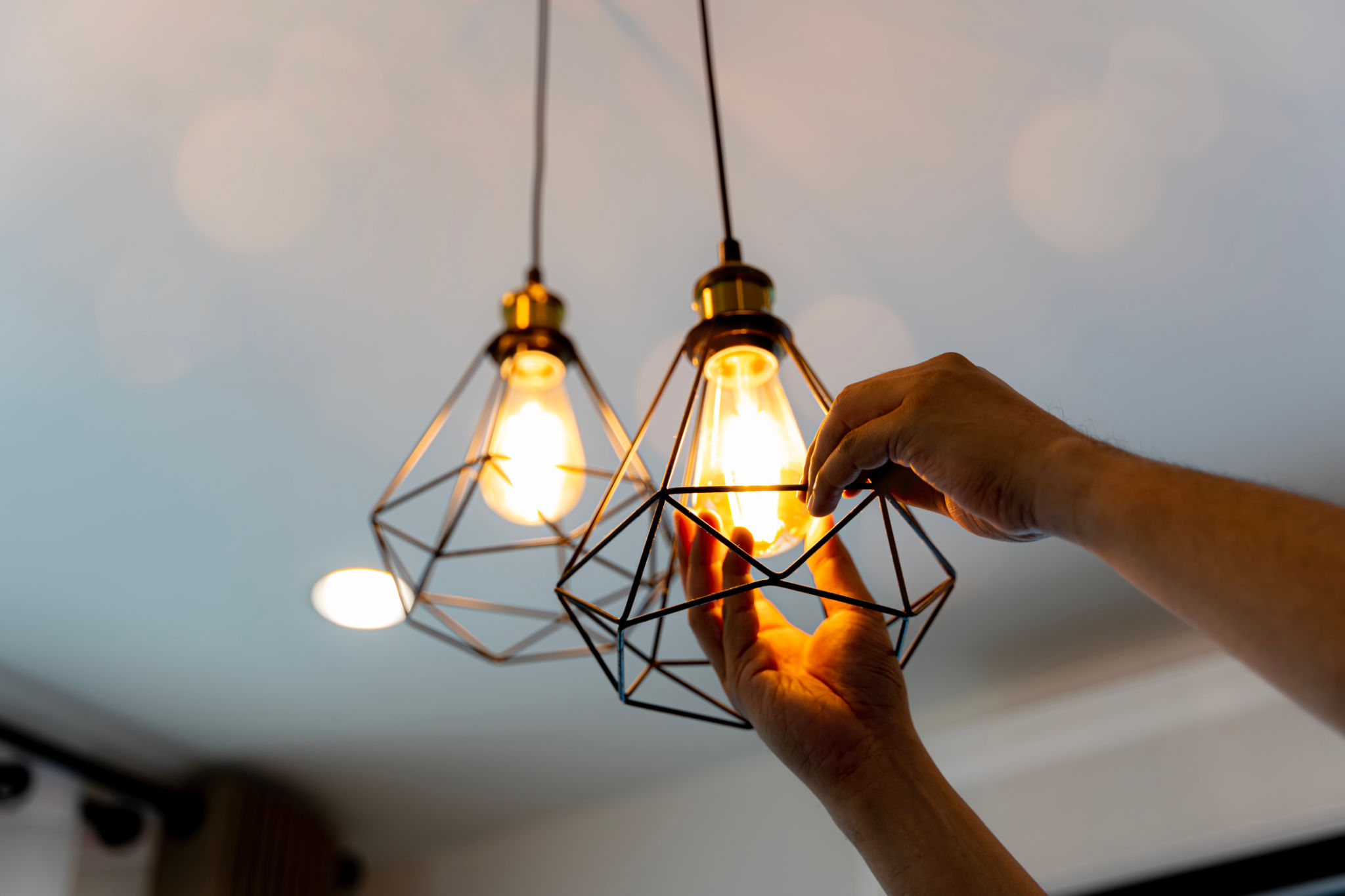LED Lighting vs. Traditional Bulbs: Which is Better for Your Business?
Understanding the Basics: LED Lighting vs. Traditional Bulbs
When it comes to illuminating your business space, choosing the right type of lighting is crucial. LED lighting and traditional bulbs, such as incandescent and fluorescent, are the two primary options available. Both have their unique advantages and disadvantages, making it essential to understand which is better suited for your business needs.
Traditional bulbs, like incandescent lamps, produce light through heating a filament. Although they provide a warm, inviting glow, they are often criticized for their inefficiency and short lifespan. On the other hand, LED lighting technology has rapidly advanced, offering a more energy-efficient and long-lasting alternative.

Energy Efficiency and Cost-Effectiveness
The primary advantage of LED lighting is its remarkable energy efficiency. LEDs consume significantly less electricity compared to traditional bulbs, reducing energy bills. This efficiency stems from the way LEDs convert electricity into light, with minimal wasted energy in the form of heat.
While the initial cost of LED bulbs is higher than that of traditional bulbs, businesses can recoup this cost over time through lower electricity bills and less frequent replacements. For large commercial spaces, the savings can be substantial, making LEDs a cost-effective choice in the long run.
Durability and Lifespan
LEDs are renowned for their durability and extended lifespan. On average, an LED bulb can last up to 25,000 hours or more, whereas incandescent bulbs typically last only 1,000 hours. This longevity reduces maintenance costs and the inconvenience of frequent replacements.

Moreover, LEDs are designed to withstand rough conditions and are more resistant to shock, vibrations, and external impacts. This resilience makes them ideal for environments where traditional bulbs might fail more quickly.
Environmental Impact
Switching to LED lighting is also an environmentally friendly decision. LEDs contain no harmful substances like mercury, which is present in fluorescent bulbs, making disposal safer and easier. Additionally, their energy efficiency means reduced carbon emissions from power plants.
For businesses aiming to enhance their sustainability credentials, adopting LED technology can be a significant step forward. It's a way to demonstrate corporate responsibility and appeal to environmentally conscious customers.

Quality of Light
LED technology offers superior light quality with a high Color Rendering Index (CRI), which means colors appear more vivid and true to life under LED illumination. This feature can enhance the ambiance of retail spaces, restaurants, and offices, making them more appealing to customers and employees alike.
Additionally, LEDs offer great flexibility in terms of color temperature and brightness levels. Businesses can tailor the lighting to suit specific needs, whether it's creating a warm, cozy atmosphere in a cafe or bright, focused lighting in a workshop.
Conclusion: Making the Right Choice for Your Business
When deciding between LED lighting and traditional bulbs for your business, consider factors such as energy efficiency, cost-effectiveness, durability, environmental impact, and light quality. While the upfront cost of LEDs may be higher, the long-term benefits often outweigh these initial expenses.
Ultimately, the choice will depend on your specific business requirements and goals. However, as technology continues to advance, LED lighting is increasingly becoming the preferred option for businesses looking to reduce costs and enhance sustainability efforts.
